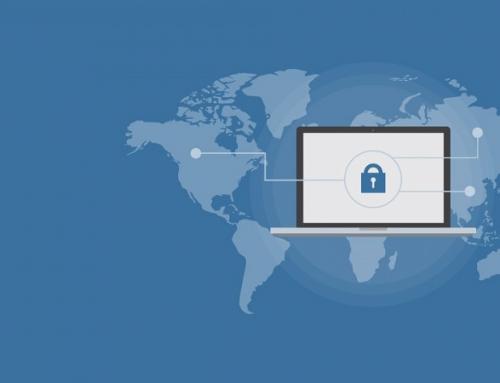Delivering Your Biggest Order Ever – Project or Adventure?
Adventures always suck while you’re having them. And, sometimes an adventure will kill your growing technology company. On the other hand, a project that results in delivering the Biggest Order Ever, will realize lasting growth for the company – and nobody dies.
Adventures are what happen when you don’t know what you’re doing, as in, “what the hell are we supposed to be delivering, anyway?” and “wait, we didn’t sign up for that, did we?”.
For a young and growing technology company, it is all too often the case that some important – and expensive – elements are overlooked in defining what’s being delivered. This usually happens as a result of inexperience or because of intense pressure to say yes to whatever the customer wants, just to get the order.
A lot of adventure can be avoided by thinking of your Biggest Order Ever as a project, in and of itself.
A project has three components – Scope, Schedule and Budget. If one is missing, or misidentified, you have an adventure.

Of the three components; Scope is the first one to get right, because it is what you have to do to get paid.
There’s a tendency to think of budget, or price, as most important – and, it is important – but you can’t have any useful idea of what the budget should be if you don’t know what you’re supposed to be delivering.
There are three fundamental elements of Scope: Labour, Materials, and Overhead.
Labour is all the work that must be done by humans; software development, hardware design, project management, installation, testing, training, and documentation.
All too often, young companies, especially ones focused on delivering a technology-based system, severely underestimate the sheer amount of human effort involved in the services wrapped around delivering a fully working system.
I once saw a vendor-integrator fail to properly estimate the labour needed to install just over $4M of multi-media presentation gear, thereby leaving about $800,000 on the table and running itself into serious financial straits.
Furthermore, as all the senior personnel got pulled into the adventure, the rest of the company’s business, including sales, suffered for lack of attention. Not a pretty sight.
Material is everything tangible that you create yourself. or that you buy from another company and that you deliver to your customer.
Most growing companies do a reasonably good job of accounting for material costs because most material items have a part number and a price, so it’s pretty easy to identify and add them up.
Overhead is everything else that is needed to effect delivery and which costs you money.
Things like rent for additional production/staging space, telecommunication links, rental of specialized equipment, travel, shipping, project-specific insurance, and consumable items are all overhead items.
Most young growing technology companies, especially software ones, forget all about overhead costs. The good news is that overhead costs are usually a small percentage of the total cost of delivery and, while they’ll eat into your profit if not accounted for up front, they’re not likely to wipe you out.
When is the best time to define the scope of what you’re delivering?
Before you start developing schedules (meaning delivery dates) and budgets (meaning prices).
Afterwards, it gets really hard really quickly to adjust scope. Meanwhile the delivery gets increasingly adventure-like, which can be very expensive and can seriously hurt your growing company.
On the other hand, a project – properly scoped – that delivers Your Biggest Order Ever brings your technology company positive and enduring change and sets you up to deliver your Next Biggest Order Ever.
See my previous blog – Managing Your Growing Technology Company for more insight.








Leave A Comment